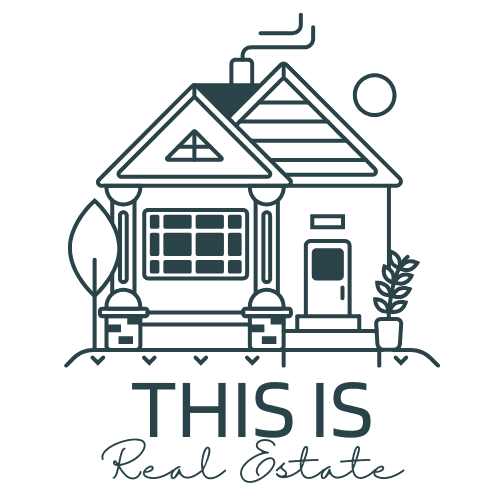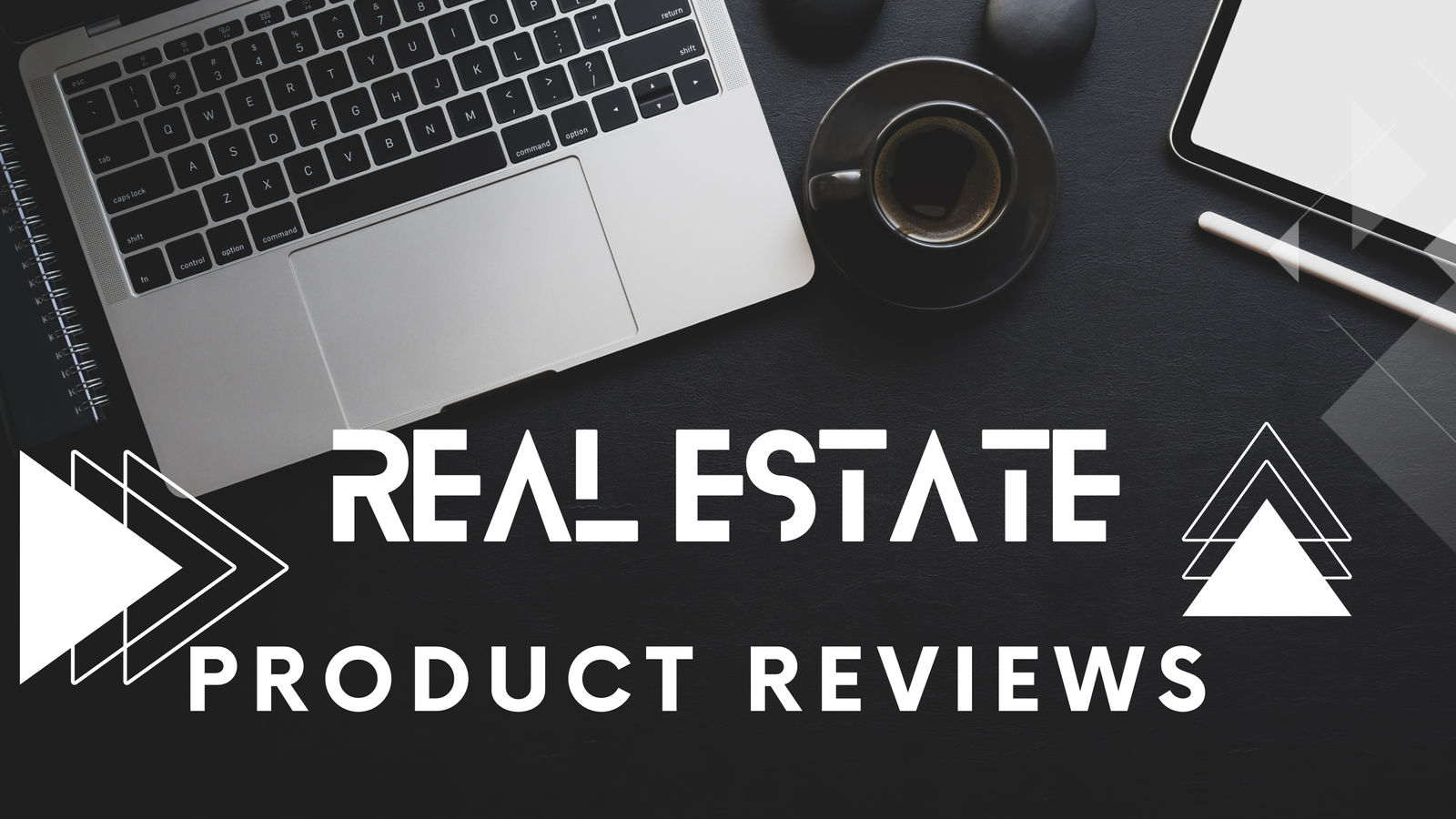Using technology to enhance daily productivity involves automating repetitive tasks, boosting communication, and managing your time more effectively. Start by utilizing automation tools to handle mundane tasks like scheduling, freeing you to focus on strategic activities. Communication platforms such as Microsoft Teams or Slack streamline information flow and foster collaboration, helping you work more efficiently across teams. Time management apps and AI assistants can optimize your schedule and increase productivity by reducing administrative overhead. Additionally, leveraging data analysis tools will provide insights for informed decision-making. Explore how these technological avenues open doors to boosting your efficiency every day.
Key Takeaways
- Automate repetitive tasks with tools like Alteryx to save time and focus on strategic activities.
- Use project management software like Trello for seamless collaboration and efficient progress tracking.
- Implement digital calendars and task management apps to enhance scheduling and time management.
- Leverage data visualization tools to gain insights and make informed decisions quickly.
- Adopt flexible work technologies to improve work-life balance and productivity in remote and hybrid settings.
Automating Daily Tasks

Incorporating automation into your daily workflow can transform how you handle routine tasks. By automating data entry, you greatly reduce manual input, boosting efficiency and minimizing errors. Imagine the time you’ll save by not having to key in every detail yourself—automation does it accurately and swiftly. Similarly, scheduling and reminders can be automated to manage meetings and send timely notifications, guaranteeing you never miss a beat. Automating email management tasks like sorting, responding, and running campaigns streamlines your inbox, letting you focus on more strategic activities. Automation not only frees up time for innovation and problem-solving but also enhances employee satisfaction by reducing the stress of mundane tasks. Over 61% of real estate agencies currently leverage tech tools, indicating the growing trend of automation in various industries. Inventory management also benefits from automation, with real-time tracking that reduces errors and keeps stock levels optimized. This means you’re always informed about your inventory status without constant manual checks. Additionally, automating report generation guarantees data accuracy and saves precious time, allowing you to access detailed insights swiftly. Task automation increases business adaptability and agility, supporting scalability by standardizing processes and optimizing resources.
To implement these changes, assess the tasks in your workflow suitable for automation, and choose the right tools, such as Robotic Process Automation or integration platforms. Start gradually to avoid disruptions, and monitor the processes for continuous improvement. By freeing yourself from repetitive tasks, you enhance productivity, guaranteeing consistent and reliable outcomes.
Boosting Communication Efficiency
Enhancing communication efficiency in your workplace can greatly boost team productivity and collaboration. You can start by utilizing video conferencing tools like Microsoft Teams, Zoom, and WebEx to facilitate real-time communication, which is essential for remote teams. Instant messaging platforms such as Slack and ProProfs allow for quick information exchange, fostering a more connected work environment. When managing projects, consider using project management software like Trello, Basecamp, and Asana, which allows teams to collaborate seamlessly and track progress efficiently. Cloud storage services enable access and collaboration from anywhere, further enhancing productivity. Effective communication is crucial for business productivity, which measures the monetary gains by comparing total output vs. inputs. Moreover, implementing a centralized CRM can streamline client interactions and improve team collaboration significantly.
For a visual representation of these ideas, see the table below:
| Communication Tool | Purpose |
|---|---|
| Video Conferencing | Real-time communication |
| Instant Messaging | Quick information exchange |
| Project Management | Collaborative project tracking |
| Cloud-Based Collaboration | File sharing and task management |
Improving your communication channels further involves efficient email management with tools like Gmail and Outlook. Implement automated customer service options, such as chatbots, to handle frequent inquiries swiftly. High-speed telecommunications, using 5G technology, guarantees faster data exchange, enhancing overall communication. By adopting these strategies and tools, you can create a dynamic and efficient communication system that supports productivity and improves collaboration across your team.
Managing Time Effectively

While effective communication lays the groundwork for team success, managing time effectively guarantees that the workflow remains smooth and productive. By implementing time management tools, you can transform your productivity. Automating tasks with tools like Zapier or IFTTT means less time on repetitive activities, freeing up more time for strategic work. Project management software, such as Asana and Trello, allows you to organize tasks, set deadlines, and collaborate in real-time, potentially boosting productivity by up to 45%. Incorporating technology-driven time management strategies makes companies 1.5 times more likely to meet financial goals, demonstrating the significant impact of these tools on organizational success. Integrating communication platforms such as Slack and Microsoft Teams can streamline internal communication, reduce unnecessary meetings, and enhance team coordination, ultimately contributing to improved productivity. Additionally, delegation strategies can help ensure that time-consuming tasks are managed effectively without overwhelming team members.
Time tracking apps help you prioritize tasks and optimize your time utilization, increasing productivity by up to 15%. Integrating these apps with other tools can further streamline your workflow. Smart scheduling using AI-powered assistants reduces time spent on administrative tasks by up to 30%, while digital calendars help coordinate and streamline workflows.
To enhance time management efficiency, prioritize tasks using management apps, which can lead to a 20% productivity increase. Streamline communication with platforms like Slack to cut down on unnecessary meetings. Overcoming time management challenges involves minimizing distractions and setting clear goals. Collaboration platforms and training programs can further enhance your team’s time management capabilities, ensuring peak productivity.
Analyzing Data Insights
Analyzing data insights is essential for driving productivity improvements in any organization. By focusing on robust data governance and clear KPIs, you can streamline operations and enhance decision-making. Start by implementing robust data governance policies to maintain data quality and compliance. Use tools like Alteryx or Talend to manage data preparation and automate cleaning processes. This approach reduces inconsistencies and improves data accessibility. Regular audits ensure compliance with data regulations, maintaining data integrity within the organization. Additionally, leveraging predictive analytics can provide deeper insights into potential operational challenges before they arise. Organizations report a 50% reduction in time spent on repetitive tasks through automation, highlighting the importance of integrating these processes for increased efficiency.
To maximize productivity, identifying Key Performance Indicators (KPIs) is vital. Utilize data analytics tools to uncover trends and patterns in your business data, setting clear goals based on these insights. Monitoring KPIs helps track progress, ensuring precision in business processes. Regular reviews keep your organization competitive and adaptable to change.
Automation is another key area for improving daily productivity. Incorporate ETL tools or Python scripts to automate repetitive tasks, allowing you to focus on strategic activities. Integrate your data sources into a consolidated data ocean for efficiency. Regular data analysis lets you identify and resolve bottlenecks effectively.
Key Steps:
- Implement robust data governance with automated tools.
- Identify and monitor KPIs for continuous improvement.
- Automate tasks to streamline workflows and enhance productivity.
Embracing Flexibility

After optimizing productivity through data insights, embracing flexibility in your work environment is the next step. Technology plays a pivotal role in creating a work-anywhere culture, allowing you to achieve a better work-life balance. High-speed telecommunications guarantee reliable communication, making remote and hybrid work feasible. With cloud-based collaboration software, staying connected with your distributed team is seamless, letting you focus on tasks rather than logistics. Flexible work schedules also enhance your productivity by improving time management. Utilizing to-do lists and reminder apps helps you set and meet goals efficiently. Scheduling applications, like Google Calendar, integrate with productivity tools, streamlining task management across all your devices. Time tracking software provides insights into your pace and progress, ensuring you’re on track without micromanagement. Additionally, personalizing your work environment through technology can greatly boost your productivity. Tools tailored to your needs, such as AI-powered personal assistants like Siri and Alexa, help manage your schedule and automate routine tasks. Embracing adaptable communication tools, like video conferencing and instant messaging, fosters better collaboration. These technologies collectively empower you to work smarter, not harder, creating a more dynamic and efficient work environment. Investing in learning management systems can also enhance productivity by providing access to training materials and certifications, supporting continuous education and skill development. For instance, the Aeropress Coffee Maker offers a simple and efficient brewing method, allowing you to enjoy quality coffee without breaking your workflow, proving that good coffee doesn’t require expensive machines. Additionally, using tools like Evernote for task management can help you prioritize your workload effectively, ensuring that you stay organized and focused throughout your day.
Enhancing Workplace Comfort
A well-designed workspace can transform your daily work experience, enhancing both comfort and productivity. By integrating advanced technologies, your workplace can become a hub of efficiency and well-being. Start with refining your workspace layout through the use of smart buildings and ergonomic designs. These tools adjust environmental conditions and furniture to suit your needs, reducing discomfort and boosting productivity.
To enhance workplace comfort, focus on these key strategies:
- Monitoring Environmental Conditions: Use advanced sensors to track temperature, CO2, and oxygen levels, ensuring your indoor environment stays ideal throughout the day. This helps in maintaining a comfortable atmosphere that supports productivity.
- Ergonomic Solutions: Incorporate ergonomic furniture that adapts to individual postures. This reduces physical strain and promotes a healthier work environment, making long hours at your desk more manageable and less taxing on your body.
- Data-Driven Adjustments: Leverage real-time data to make informed decisions about your workspace. Predictive analytics can help forecast discomforts, allowing you to adjust settings proactively and conserve resources responsibly.
- Prepare for Loan Maturities and Refinancing Waves as a Real Estate AgentIn mastering loan maturities and refinancing waves, uncover strategies every real estate agent needs to empower clients during pivotal financial transitions.
Utilizing Smart Gadgets

Smart gadgets pave the way for enhanced productivity by seamlessly integrating into your daily routine. They transform how you manage tasks, providing timely task prioritization through smart calendars and to-do list apps. By helping you manage deadlines efficiently, these tools guarantee you focus on what truly matters. Real-time productivity insights from gadgets highlight areas for improvement, allowing you to adjust your strategies swiftly. This means you can identify bottlenecks and allocate time more effectively, enhancing your overall workflow.
Automated task management tools, such as the Luxafor Pomodoro Timer, break tasks into manageable chunks, streamlining your workflow. This method keeps you engaged without feeling overwhelmed, promoting sustained productivity. Efficient scheduling becomes a breeze with digital calendars and scheduling software, automating repetitive tasks and freeing up time for strategic endeavors. Moreover, advanced workflow automation is possible with AI wearables like the Limitless Pendant, which automate note-taking and summarize meetings, guaranteeing nothing is overlooked.
Additionally, gadgets like the Clevetura CLVX 1 gesture-controlled keyboard and Rocketbook Smart Reusable Notebook improve efficiency by automating data entry and digitizing notes. These features reduce manual labor and clutter, optimizing your work environment for maximum productivity. Furthermore, utilizing automation tools can enhance efficiency in data entry and communication tasks, ultimately supporting better productivity in your daily operations.
Streamlining Remote Work
Leveraging the right collaboration tools can considerably enhance your remote work experience by guaranteeing seamless communication and efficient project management. Integrating project management platforms like Trello and Asana helps you visually organize tasks and track workflows. Trello’s boards, lists, and cards offer a visual-centric approach, while Asana provides timelines and dependencies for detailed project tracking. For more thorough solutions, Basecamp and Monday.com offer customizable systems that combine task management, communication, and file storage.
Efficient time tracking is vital for maintaining productivity. Tools like Traqq and Toggl allow you to monitor your work time accurately. Traqq offers app tracking and activity level monitoring, helping you stay on top of your tasks. Toggl simplifies time tracking with project and customer labels, making it easy to categorize your work.
Advanced communication tools guarantee you stay connected with your team. Slack and Microsoft Teams offer centralized communication, facilitating effortless voice and video calls, while integrating with other productivity apps. This connectivity streamlines interactions and enhances team collaboration. Moreover, utilizing CRM systems(https://example.com) can further improve client interactions and enhance overall productivity through centralized data management.
Here’s how you can streamline your remote work:
- Choose the right project management tool.
- Utilize efficient time tracking software.
- Implement advanced communication platforms.
Recent Posts

How to Keep Your Real Estate License Active

What Does Douglas Elliman Offer Agents
Frequently Asked Questions
How Can Technology Help Reduce Workplace Stress and Burnout?
You’re looking to reduce workplace stress and burnout, and technology can be your ally. Use AI to monitor stress levels, offering personalized support to employees before burnout occurs. Implement digital wellness apps for mental health tracking, and provide virtual therapy sessions for remote workers. Set clear roles and responsibilities, allowing flexible schedules and deadlines to promote balance. Ascertain AI-based tools analyze engagement and suggest improvements, prioritizing employee well-being and productivity.
What Are Some Privacy Concerns With Using Productivity Apps?
Isn’t it ironic how productivity apps, designed to streamline your day, can actually complicate your life with privacy concerns? You might think your data is safe, but many apps hide their true data practices. They often collect and sell your information, claiming anonymity while requiring personal identifiers. Without end-to-end encryption, your data is vulnerable to unauthorized access, posing risks of data leakage and privacy breaches. Stay informed and cautious.
How Do I Ensure Tech Tools Align With My Personal Productivity Goals?
To guarantee tech tools align with your personal productivity goals, start by clearly defining those goals, whether they involve saving time or enhancing focus. Analyze your current workflows to identify inefficiencies, then prioritize tasks that could benefit from tech integration. Choose tools that directly support these objectives, like project management apps for organization. Regularly evaluate these tools’ effectiveness, adjusting as needed to guarantee they continue to meet your evolving productivity needs.
Can Technology Aid in Balancing Work and Personal Life?
Sure, technology can definitely help balance your work and personal life. By using tools like calendar applications, you can efficiently manage your schedule, setting aside time for both work and personal activities. Remote work options supported by high-speed internet allow flexible hours, reducing commute time and increasing personal time. Additionally, task automation tools can streamline your workload, freeing up time for family, hobbies, or self-care. Embrace these technologies for a better balance.
What Are the Cost Implications of Implementing New Productivity Technology?
When you implement new productivity technology, you face several cost implications. Initial costs involve setup and data transfer, while time costs can be significant, requiring both internal and external resources. Resource allocation might necessitate hiring consultants. Don’t forget ongoing maintenance expenses and licensing fees, which add up over time. While initial investments are high, the long-term benefits like increased productivity and substantial ROI often outweigh these costs, reflecting in a positive net present value.
Bottom Line
By harnessing technology, you can markedly enhance your daily productivity. Studies show that automation can save up to 30% of your time on repetitive tasks. Efficient communication tools, smart gadgets, and data insights streamline operations, allowing you to focus on what truly matters. Embracing flexibility and creating a comfortable work environment further boost efficiency. As remote work becomes more prevalent, these strategies guarantee you stay productive, connected, and effective, making the most of every day.







